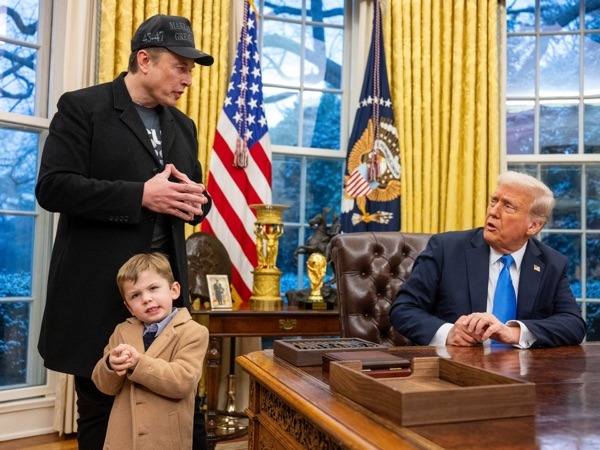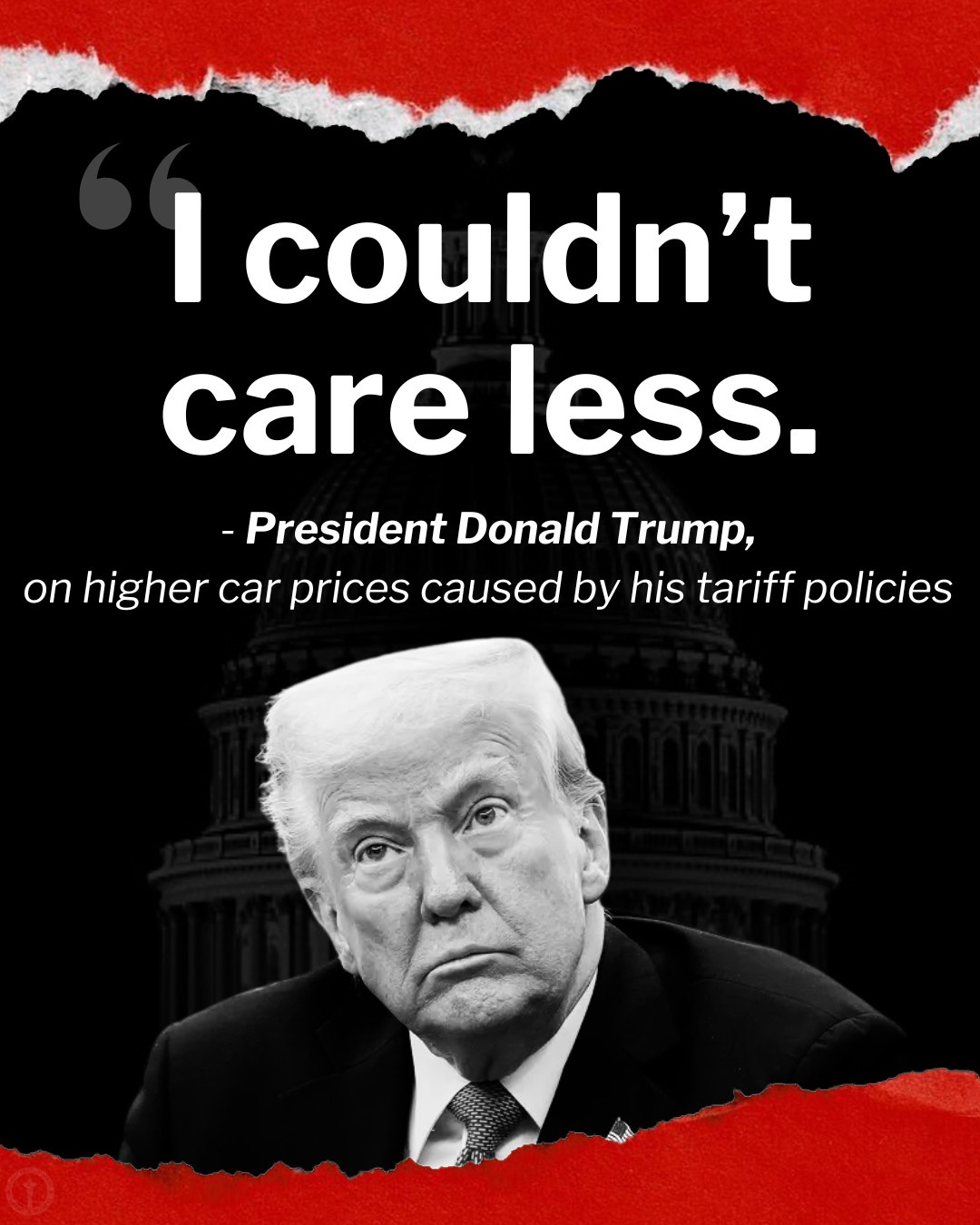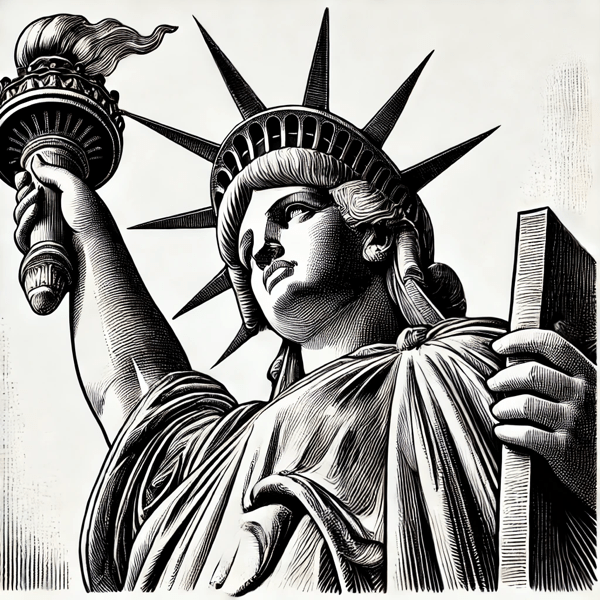In December 2024, Canada announced a $1.3 billion Border Plan to strengthen security and immigration enforcement. The plan included deploying 8,500 troops, expanding aerial surveillance, increasing fentanyl enforcement, and improving border technology. These measures were designed to address domestic concerns, not external pressure.
In November 2024, President Donald Trump threatened a 25% tariff on Canadian imports unless Canada took stronger action on border security. This led to negotiations between both countries, with Trump insisting that Canada needed to act immediately. However, the core elements of Canada’s plan were already in place before these talks began.
Despite Trump’s demands, Canada did not fundamentally change its approach. The only adjustment was increasing troop deployment from 8,500 to 10,000—an addition of 1,500 personnel. Trump framed this as a major concession, but it was a minor change that did not alter Canada’s broader strategy.
On February 3, 2025, Prime Minister Justin Trudeau announced that Trump agreed to delay tariffs for 30 days in exchange for Canada proceeding with its border plan. Canada also appointed 10,000 frontline personnel and named a “Fentanyl Czar” to coordinate anti-smuggling efforts. These actions aligned with Canada’s original strategy, not new U.S. demands.
Trudeau and other Canadian officials pushed back against Trump’s claims, emphasizing that these measures were based on domestic priorities, not U.S. pressure. Canada has long worked with the U.S. on border security, and this plan was a continuation of that cooperation, not a response to threats.
Trump may claim victory, but Canada’s border plan was already in motion before his tariff ultimatum. The troop increase was minor, and the main policies remained unchanged. This episode shows how political leaders can take credit for existing policies, even when their influence is limited.
Mexico’s agreement with the U.S. also delays tariffs, with no new commitments beyond existing border security plans.
On February 3, 2025, an agreement was also reached with Mexico, further delaying the imposition of tariffs. Like Canada, Mexico was under pressure from President Trump to tighten border enforcement in response to illegal migration and drug trafficking. However, the agreement with Mexico did not include any new commitments beyond what had already been planned. Mexico’s existing initiatives, such as deploying additional National Guard troops and enhancing surveillance measures, were emphasized, with no significant changes or new pledges made as part of this deal.
The agreement with Mexico mirrors Canada’s situation, where both countries were already taking steps to address border security and drug enforcement before Trump’s tariff threats. Mexico had been increasing its border security and collaborating with the U.S. on immigration issues for months, long before the tariff ultimatum. Trump’s claim of success in these negotiations is therefore misleading, as the core actions had already been part of Mexico’s strategy.
In both cases, the countries involved had already been taking significant actions to address the issues at hand. The 30-day tariff delays for both Canada and Mexico are more about political optics than actual changes in policy. While Trump may claim credit for influencing these measures, in reality, these countries were already committed to these security steps long before his threats came into play.





